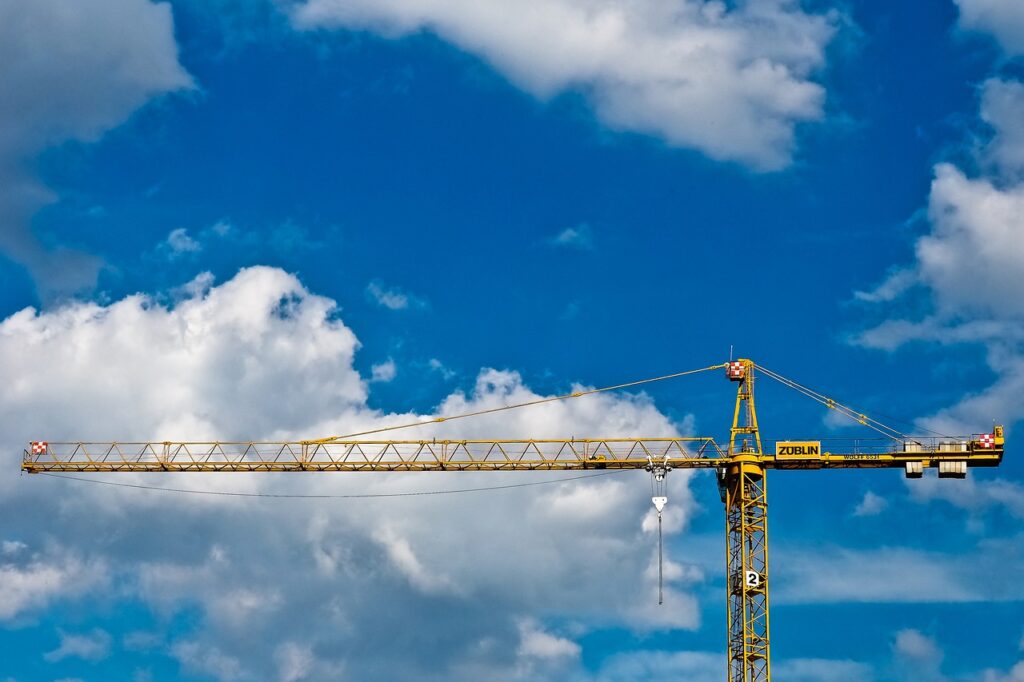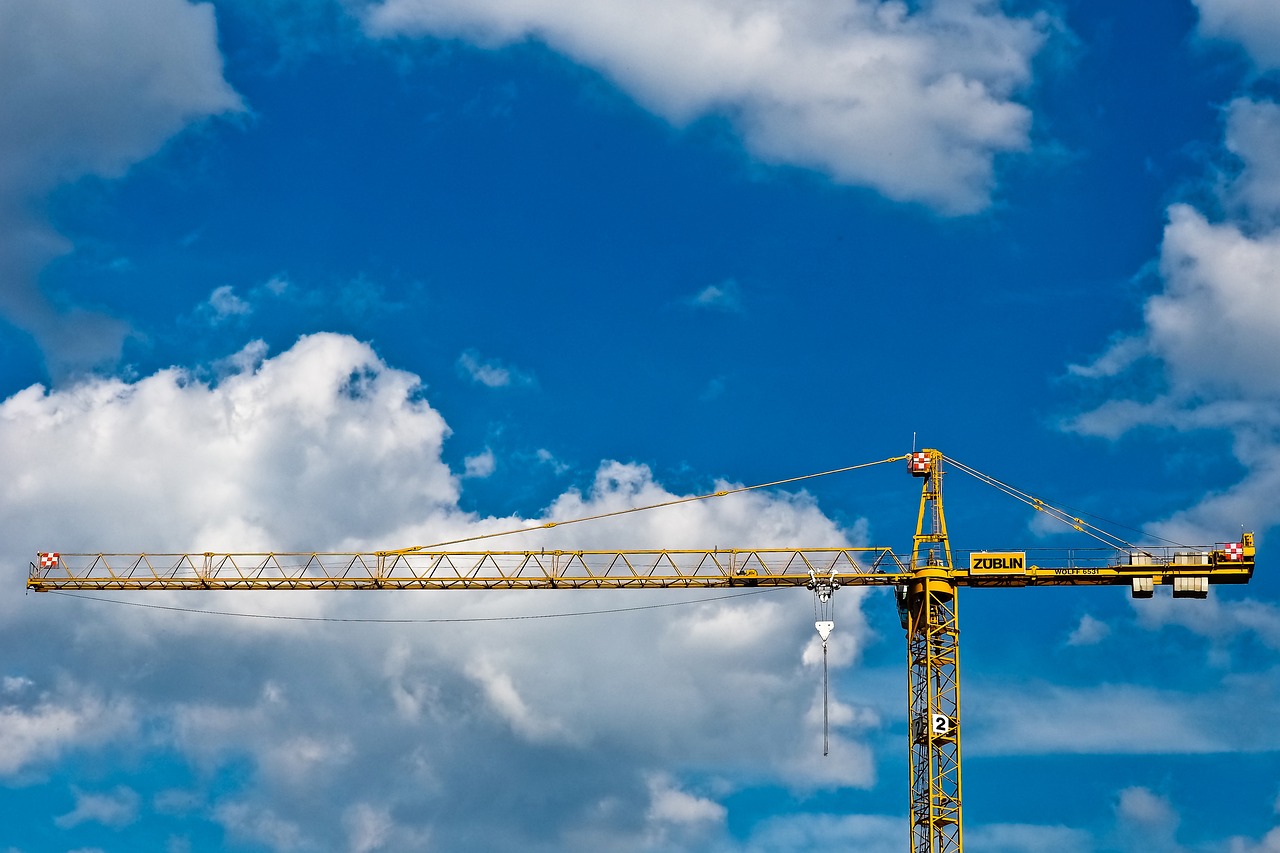
In the construction business, technology continues to push the boundaries of what's possible. From drones buzzing overhead to materials that repair themselves, the construction industry is experiencing a revolution like never before. Let's delve into the seven coolest construction project technologies of 2024 that are reshaping the way we build our world.
Construction Drones
Unmanned aerial vehicles (UAVs), more commonly known as drones, have become an indispensable tool in construction projects. These flying marvels are equipped with high-resolution cameras and sensors, allowing them to capture aerial imagery and data with precision. From site surveying and progress tracking to safety inspections and inventory management, drones streamline various aspects of construction, saving time and costs while improving accuracy.
Self-Healing Building Materials
Imagine a building that can heal its own cracks and damages over time. This futuristic concept is now a reality thanks to advancements in self-healing materials. These innovative substances, often inspired by nature, contain microcapsules of healing agents that are released when damage occurs, effectively repairing the structure without human intervention. Not only does this technology enhance the durability and longevity of buildings, but it also reduces maintenance requirements and promotes sustainability.
Augmented and Virtual Reality Tools
Augmented reality (AR) and virtual reality (VR) are revolutionizing the way architects, engineers, and contractors design and visualize construction projects. AR overlays digital information onto the physical environment, allowing users to see virtual elements such as 3D models or construction plans superimposed onto the real-world site. VR, on the other hand, immerses users in entirely virtual environments, enabling them to experience and interact with building designs before construction begins. These tools enhance collaboration, improve decision-making, and facilitate communication among project stakeholders.
Building Information Modeling (BIM)
Building Information Modeling is not a new concept, but its capabilities continue to evolve with each passing year. BIM involves creating digital representations of buildings and infrastructure, complete with detailed information about every component and system. This comprehensive approach enables architects, engineers, and contractors to collaborate more efficiently, identify potential clashes or errors early in the design phase, optimize construction processes, and simulate real-world performance scenarios. With BIM, stakeholders can make informed decisions and streamline project delivery from conception to completion.
3D Construction Printing
Additive manufacturing, commonly known as 3D printing, has made significant strides in the construction industry. Large-scale 3D printers can now fabricate entire building structures using a variety of materials, including concrete, plastic, and even recycled materials. This technology allows for faster construction, reduced waste, and greater design flexibility, enabling architects to create complex shapes and structures that were once difficult or impossible to achieve using traditional methods. From affordable housing to futuristic architectural marvels, 3D construction printing is reshaping the way we think about building construction.
Sustainability Technology
With growing concerns about climate change and environmental sustainability, the construction industry is increasingly embracing green building practices and technologies. From energy-efficient materials and renewable energy systems to smart building automation and passive design strategies, sustainability is becoming a central focus of construction projects worldwide. Innovations such as green roofs, rainwater harvesting systems, and modular construction techniques are helping to reduce carbon footprints, conserve resources, and create healthier, more resilient built environments.
Automated Data Collection and Cloud-Based Workflows
In the digital age, data is king, and construction projects generate vast amounts of it. Automated data collection systems, combined with cloud-based workflows, are revolutionizing project management and decision-making processes. Sensors embedded in construction equipment and structures gather real-time data on everything from temperature and humidity to structural integrity and equipment performance. This data is then uploaded to the cloud, where project stakeholders can access it remotely, analyze trends, identify potential issues, and make data-driven decisions to optimize project outcomes.
In 2024, the construction industry is undergoing a technological revolution, with innovations such as construction drones, self-healing building materials, AR/VR tools, BIM, 3D construction printing, sustainability technology, and automated data collection reshaping the way we design, build, and inhabit the built environment. As these technologies continue to evolve and mature, they promise to make construction projects safer, more efficient, and more sustainable, ushering in a new era of innovation and possibility for the future of construction. Contact Sierra Miles if you would like a consultation about implementing any of the technology above.

